Tell me if this story sounds familiar.
After a pint with colleagues in Toronto, I trudged toward Union Station to catch my ride back to Hamilton. I meandered through a crosswalk when — wham — I slipped on a pair of streetcar tracks. Dazed, I picked myself up, less worried about my bloodied hands than the cracked catastrophe clutched within them.
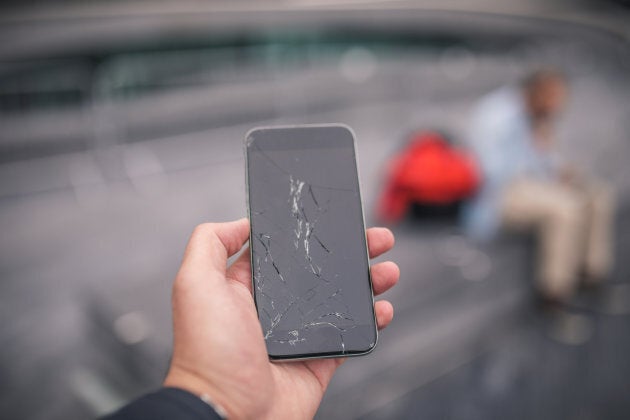
Yep, I had smashed my phone's screen — the phone I had just bought the week before. I was angry at myself when I later found out I had purchased one of the most fragile smartphones conceived to date. But I was even more furious when I realized that, having opted out of a protection plan, I was looking at a $500 minimum commitment to repair it through my mobile provider.
It's no secret that when an expensive device like a smartphone is damaged, Canadians have very limited options for repairs. Many retailers or telcos require such work to be done through their own stores or an "authorized" shop, with certified parts and tools, at a steep mark-up. The story's much the same when it comes to other pricey consumer electronics, like televisions or gaming consoles, which may require returning the device to the manufacturer.
So, what's stopping me from bringing a device to a cheaper mom-and-pop electronics repair shop or doing it myself instead? Just about every roadblock tech companies and retailers can muster.
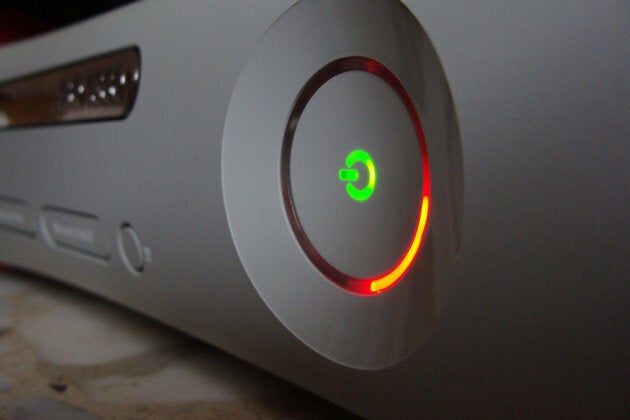
Doing it yourself? Good luck
It's estimated that a base model $850 Samsung Galaxy S8, one of the most expensive phones to produce, rings in at a comparatively low $415.47 to build from scratch (not counting research and development costs). That means the very same parts that companies use are relatively inexpensive; instead of doling out $100 for a new battery at a repair shop, one could potentially invest $6.08 and a bit of patience.
Unfortunately, getting a hold of "official" parts is difficult, because tech companies jealously guard their software, tools, knowledge and components. If a consumer does opt for an equally well-built "non-genuine" replacement from a third party, companies can always rig the game and use software to potentially prevent parts from working or brick your device.
You might do what I did: get comfortable with a screen that sheds shards of Gorilla Glass into your hand. No big.
Manufacturers and retailers also may warn that DIY repairs will void most warranties on your device — such as a one-year manufacturer's warranty that could be all that stands between you and a possibly explosive factory defect. These threats can be written explicitly into the terms of your contract or end-user license agreement, or take the form of a "warranty void if removed" sticker.
Stuck between losing peace of mind and a three-digit price tag, you might do what I did: get comfortable with a screen that sheds shards of Gorilla Glass into your hand. No big.
One could argue that it's my own fault for not splashing out on device protection. However, costly protection plans or extended warranties that should entitle consumers to a "free" repair or replacement, like those offered at many retailers, are rarely worth the price. Device care plans can exclude the most common types of breakage, like shattered screens or water damage, rendering them unhelpful when we need them most.
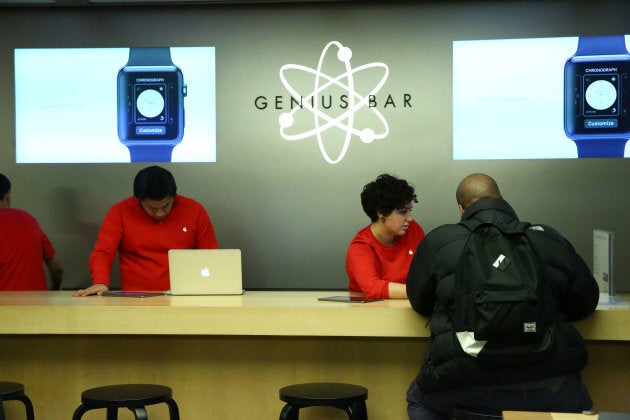
These plans can come with a fairly sizable deductible, resulting in minimal savings should you experience anything short of a full-device loss. For example, if I had bought into my phone provider's care plan, the screen repair would have carried a reduced $300 price tag — but I would have had to pay the first $250 on top of the monthly costs added to my bill.
Despite examples like this, anxious consumers end up purchasing extended warranties against their best interests. (Funny how extended warranties account for nearly 40 per cent of North American retailers' profits.)
Worse, they may arrive at the companies' endgame: they'll purchase a brand new device entirely.
Canada could learn a thing or two from the Americans' small, proactive steps in the right direction.
Americans have faced similar hassles, but there are signs they might not have to put up with them for much longer.
The U.S. Federal Trade Commission recently sent letters to six "major companies that market and sell automobiles, cellular devices and video gaming systems" — probably the likes of Microsoft, Apple and Sony — to warn them it's "illegal to condition warranty coverage on the use of specified parts."
"Provisions that tie warranty coverage to the use of particular products or services harm both consumers who pay more for them as well as the small businesses who offer competing products and services," said FTC Bureau of Consumer Protection Acting Director Thomas B. Pahl in a statement April 10.
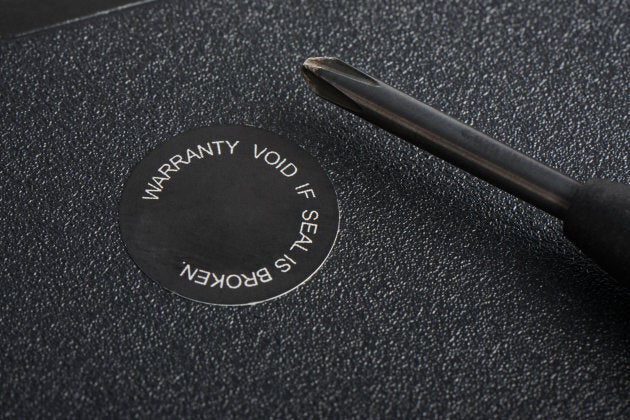
These policies have been unenforceable in the States since 1975, when the Magnuson-Moss Warranty Act came into effect. Companies have been suggesting the opposite to prey on consumers' unfamiliarity with the law, essentially monopolizing the repair market — and authorities have been lax in enforcing it. The FCC identified a number of the common phrases you might be familiar with:
The use of [company name] parts is required to keep your... manufacturer's warranties and any extended warranties intact.
This warranty shall not apply if this product... is used with products not sold or licensed by [company name].
This warranty does not apply if this product... has had the warranty seal on the [product] altered, defaced or removed.
The FCC gave the six companies 30 days to revise materials that could be considered misleading.
Almost 20 U.S. states have introduced right-to-repair legislation, which has been bitterly opposed by tech companies on grounds of protecting device security. But it could one day free consumers from manufacturer-induced roadblocks, like locking customers out of software.
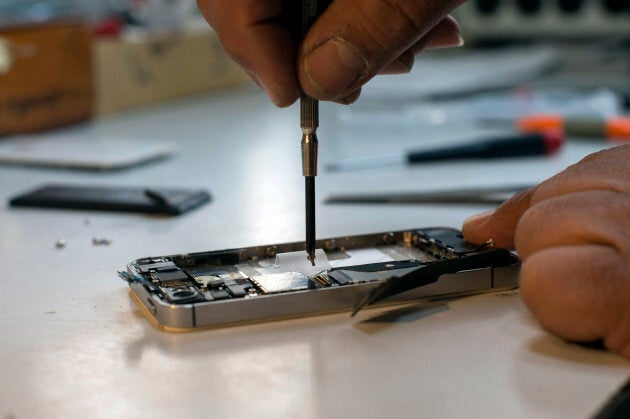
Canada could learn a thing or two from the Americans' small, proactive steps in the right direction. It's time to push for successful legislation of our own.
Consumer protection policy varies by province or territory, and isn't regulated on a federal level. Federal safeguards that do exist, like the Competition Act's section on misleading warranties, rarely result in court action (by our government's own admission). It appears Canadians truly are at the mercy of skewed warranty terms as laid out by manufacturers, with little recourse to speak of. In my province, at least, this was confirmed matter-of-factly by a Consumer Protection Ontario rep who also urged me to refer to a manufacturer's pamphlet for more details. At least we know who writes the rules around here.
More from HuffPost Canada:
In an age of planned obsolescence and tightening family budgets, Canadians ought to have the right to personally repair their devices to original condition without unreasonable roadblocks.
We already paid for these devices once. Why should our only option be to pay big tech companies a second time for the privilege of fixing them?
Also on HuffPost: